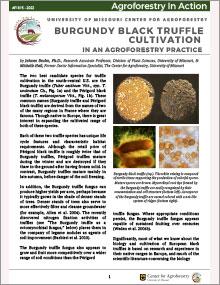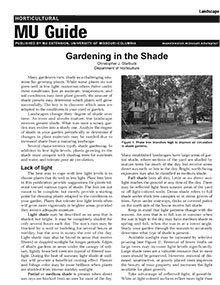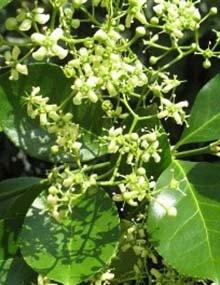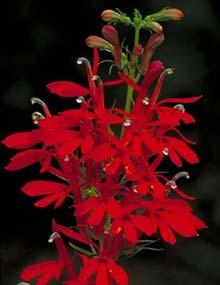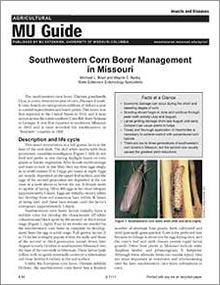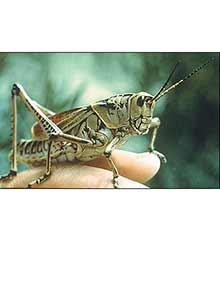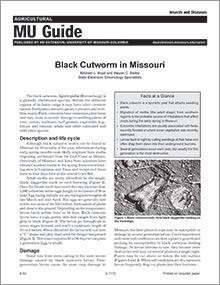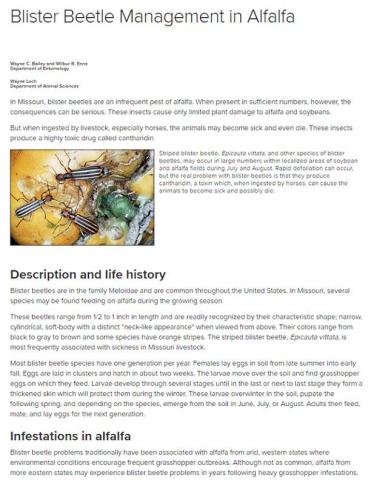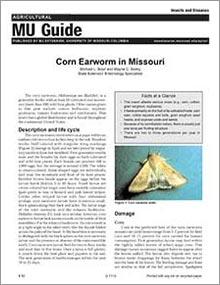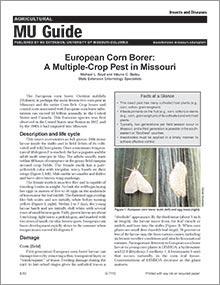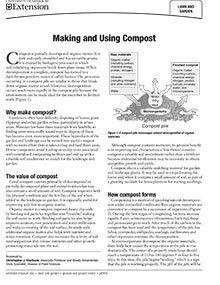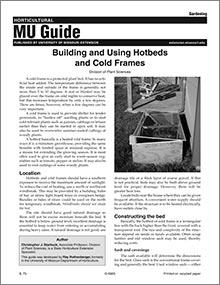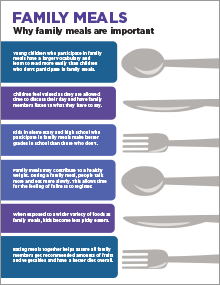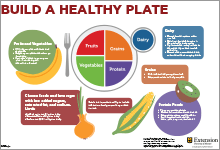Burgundy Black Truffle Cultivation in an Agroforestry Practice
Revised
Editor's note
The following abstract describes a publication that is intended for distribution as a downloadable PDF.
Gardening in the Shade
Revised
Many gardeners view shade as a challenging situation for growing plants. While some plants do not grow well in low light, numerous others thrive under these conditions. The key is to discover which ones are adapted to the conditions in your yard or garden.
Gardening in the Shade, Page 04
Revised
Learn about these shade-tolerant evergreens: American holly; Canada hemlock; Drooping leucothoe, Fetterbush; Japanese holly; Japanese pieris; Leatherleaf viburnum; Littleleaf boxwood; Oregon grapeholly; Rhododendron; Spreading euonymus; and Yew.
Gardening in the Shade, Page 07
Revised
Learn about these shade-tolerant perennial flowers: Astilbe, False Spirea; Balloon flower; Bellflower, Campanula; Bergenia, Pigsqueak; Bleedingheart; Bugloss; Cardinal flower; Christmas fern; Coral bells, Alumroot; Cranesbill, Geranium; Hardy ageratum, Blue mist flower; Hosta, Plantain lily; Lady fern; Lady’s mantle; Ostrich fern; Toad lily; and Turtlehead.
Food Safety Poster
Revised $33
Get tips on the safe handling of food to prevent illness. This poster includes steps for proper food handling from cleaning to separating to cooking to chilling foods.
Growing Black Walnut for Nut Production: Orchard Establishment and Early Management
Revised
Eastern black walnut trees (Juglans nigra) produce high-valued hardwood products and distinctively flavored, highly nutritious, edible kernels.
Southwestern Corn Borer Management in Missouri
Revised
Facts at a glanceEconomic damage can occur during the whorl and tasseling stages of corn.Scouting should begin in June and continue through peak moth activity (July and August).Larval girdling damage (from late August until early October) can cause plants to lodge.Timely and thorough application of insec
Seedcorn Maggot
Reviewed
Facts at a glance Adults (flies) become active at low temperatures (mid-40s F). Adult females are highly attracted to fields with moist soils high in organic matter or decomposing residues (animal manure or plants). The larvae or maggots burrow into the seeds of several crops (e.g., corn, soybeans), damage
Black Cutworm in Missouri
Reviewed
Corn Earworm in Missouri
Revised
European Corn Borer: A Multiple-Crop Pest in Missouri
Revised
Facts at a glanceThis insect pest has many cultivated host plants (e.g., corn, cotton, grain sorghum).It feeds primarily on the fruit (e.g., corn, cotton) or stems (e.g., corn, grain sorghum) of its cultivated and wild host plants.Typically, two generations per field season occur in Missouri, and a third generati
Making and Using Compost
Reviewed
Compost can improve your landscape and garden soil. Learn how to turn leaves, grass clippings and other garden refuse into compost in this University of Missouri Extension guide.
Building and Using Hotbeds and Cold Frames
Revised
A coldframe is a protected plant bed & a hot bed is basically a heated coldframe. Visit our site to learn about Building and Using Hotbeds and Cold Frames.
Pruning Ornamental Shrubs
Revised
Special Soil Tests Form
Revised
Editor’s note
This publication is a fillable PDF. Select the “Download this publication” button and save the form to your computer. Then either fill it in using Acrobat Reader and print it to send with your samples, or print it and fill it in by hand.
Clarifying Roles in Family Farm Businesses
New
Strong family businesses communicate to separate their family roles and expectations from business roles. Read about common family business conflicts and find steps to address tension in this publication.
Eating on a Budget Poster
Revised $33
This poster provides tips on stretching your food dollars and discusses unit pricing, getting the most out of the food you buy, and other ways to save money on your food budget.
Short-Term Operating Plan for Farms and Ranches
Revised
Download a short-term operating plan workbook you can use to prepare your farm or ranch for operating if decision makers are unable to make short-term choices.
Family Meals Handout (Bundle of 25)
New $12
Learn why family meals are important and how they help children develop healthy habits
Build a Healthy Plate Poster
Revised $33
Learn about the latest dietary guidelines, including eating more fruits, vegetables, whole grains, and lower-fat dairy products; eating less sugar, fat, salt/sodium; varying protein choices; and balancing calories for weight maintenance.
Drought-Related Issues in Forage, Silage and Baleage
Revised
Get answers to questions about how to feed livestock during drought. Read about nitrate toxicity, corn silage and baleage, forage grazing and feeding hay.
Pricing Corn Silage
Revised
Learn how to price corn silage whether it's in the field or delivered to storage or the feed bunk, and see how drought can damage a corn silage crop.
